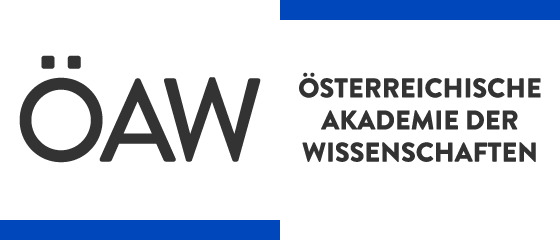Molla Nasreddin : : The Making of a Modern Trickster, 1906-1911 / / Janet Afary.
Explores the iconic illustrated periodical Mollā Nasreddin, whose editors, writers and illustrators were Azerbaijani Muslims and Georgians of South CaucasusProvides a new reading of the text and illustrations of one of the most well-known journals in the Muslim region in the early 20th centuryDraws...
Saved in:
| Superior document: | Title is part of eBook package: De Gruyter EBOOK PACKAGE COMPLETE 2022 English |
|---|---|
| VerfasserIn: | |
| Place / Publishing House: | Edinburgh : : Edinburgh University Press, , [2022] ©2022 |
| Year of Publication: | 2022 |
| Language: | English |
| Online Access: | |
| Physical Description: | 1 online resource (398 p.) :; 319 colour illustrations 319 colour illustrations |
| Tags: |
Add Tag
No Tags, Be the first to tag this record!
|
| Other title: | Frontmatter -- Contents -- Figures -- Acknowledgements -- Map of Safavid Empire -- Map of Russian Expansion in Caucasus, 1878–1914 -- Google Map of Region (2021) -- Introduction -- PART I The World of the Journal -- CHAPTER 1 South Caucasus at the Turn of the Twentieth Century -- CHAPTER 2 The Staff and Major Contributors -- CHAPTER 3 Tiflis and its Hybrid Artistic Community -- PART II Reimagining the Folk Trickster and Rethinking Gender Norms -- CHAPTER 4 The Wise Fool and the Trickster Nasreddin -- CHAPTER 5 Recreating the Trickster Tales and Tropes in Azerbaijani Language -- CHAPTER 6 A Champion of Women’s Rights -- PART III The Influence of European Graphic Arts -- CHAPTER 7 A Dialogue with Goya and Daumier -- CHAPTER 8 A Conversation with Punch, Simplicissimus and the World of Art -- Epilogue -- References -- Index |
|---|---|
| Summary: | Explores the iconic illustrated periodical Mollā Nasreddin, whose editors, writers and illustrators were Azerbaijani Muslims and Georgians of South CaucasusProvides a new reading of the text and illustrations of one of the most well-known journals in the Muslim region in the early 20th centuryDraws upon primary and secondary materials in Azerbaijani, Persian, Russian and Georgian languages, as well as English and French sources, collected on trips to Baku, Tbilisi, Moscow and Tehran, and translated with the help of a team of researchers from the regionGives insight to the first sophisticated graphic periodical to present a social democratic and anti-colonial discourse that reflected the points of view of the Muslim world, especially the impoverished classes Shows the significance of cultural exchanges among several transnational diasporic communities before the rise of modern nation states in the Middle East and Transcaucasia Carefully curates a selection of 250 images from Mollā Nasreddin reproduced in colour throughout the bookIn the early twentieth century, a group of Azerbaijani and Georgian artists and intellectuals reinterpreted the Middle Eastern trickster figure Nasreddin in their periodical Mollā Nasreddin. They used folklore, visual art and satire to disseminate a consciously radical and social democratic discourse on religion, gender, sexuality and power in South Caucasus and Iran. The periodical reached tens of thousands of people in the Muslim world, impacting the thinking of a generation.This highly-illustrated book explores the milieu in which Mollā Nasreddin was born, the way the periodical recreated the trickster trope, and the influence of European graphic artists, especially Francisco Goya, on the journal. It focuses on the most creative period, 1906-11, when the journal reflected the social and political concerns of three major upheavals: the 1905 Russian Revolution, the 1906–1911 Iranian Constitutional Revolution, and the 1908 Young Turk Movement. |
| Format: | Mode of access: Internet via World Wide Web. |
| ISBN: | 9781474499521 9783110993899 9783110994810 9783110992960 9783110992939 9783110780390 |
| DOI: | 10.1515/9781474499521 |
| Access: | restricted access |
| Hierarchical level: | Monograph |
| Statement of Responsibility: | Janet Afary. |
